2025 WINTER SURVIVAL GUIDE
Your Tech Toolkit for Stress-Free Fuel Delivery This Winter
Winter Is Coming…
As temperatures drop, seasonal demand is revving up, which means it’s only a matter of time before you reach the summit of Mount Panic. But what if your fuel delivery software was equipped to keep operations running smoothly this winter?
Read on to explore our tech toolkit, which highlights the capabilities you’ll need to thrive, not just survive, during the heating season.
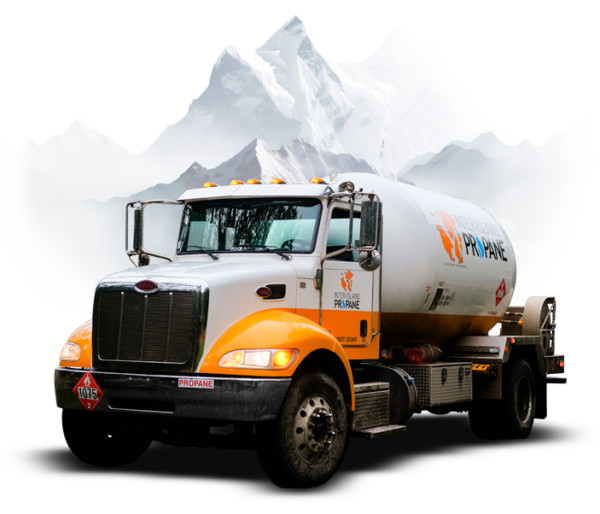

Tools to Manage Margins
Understanding and maintaining your margins is crucial to maintaining profitability. If you don’t know your margins, you don’t know where you’re making money—or where you’re losing it. Your fuel delivery software should help you identify and maintain your margins throughout the winter season.
Inventory Tracking
Do you know what your actual daily margin is? Your software should track inventory in real time so you know the cost of each delivery based on the recorded inbound cost of fuel.

Margin Reporting Analysis
Your system’s reporting capabilities should help you track your margins accurately. For example, you should be able to get a breakdown of your margins by delivery so you can see where adjustments are needed.
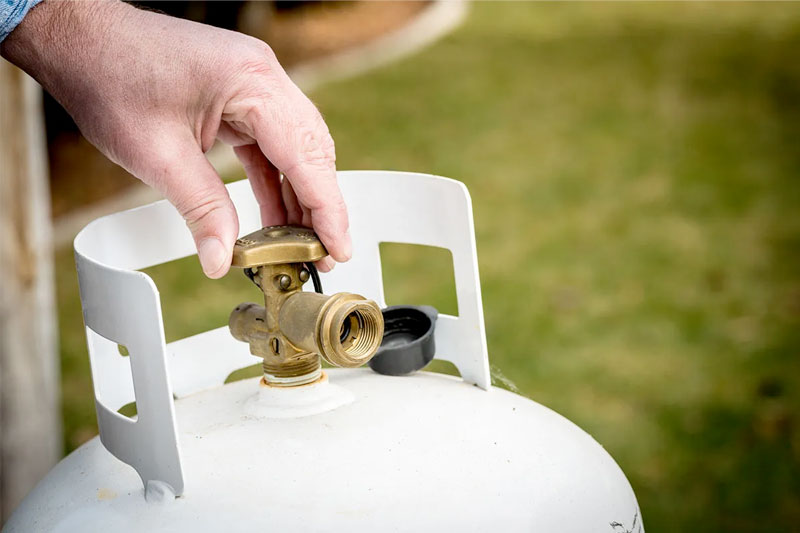
Instant, Automatic Price Updates
Instead of monitoring the current rack price and manually updating prices in your delivery system, your software should offer integrations with price update services like DTN and OPIS to automatically record these updates in your back-office software. Real-time price updates protect your margins and ensure your customers always receive the latest, most accurate price.
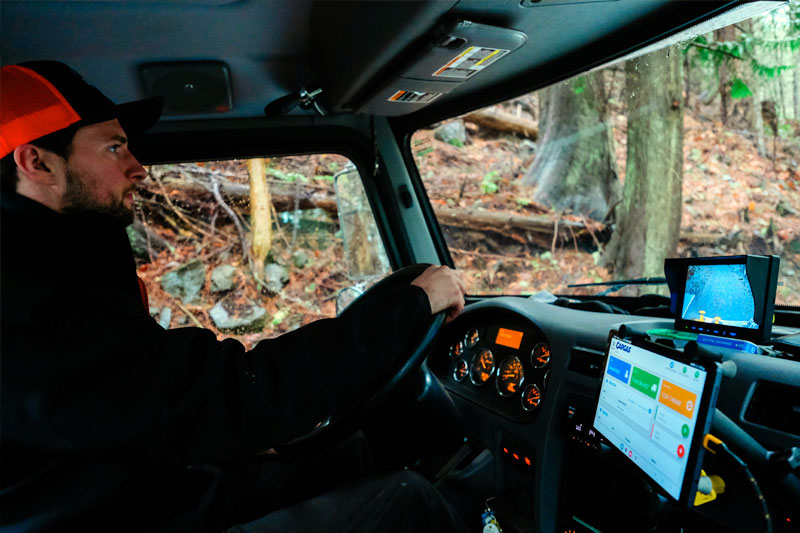
Price Updates on Dispatched Tickets
Keeping prices up to date in the back office is just one piece of the puzzle. You may still miss your gross margin target if you can’t get the latest price on your delivery tickets. When a price change is made, your software should instantly apply the new price to all outstanding delivery tickets—even those already dispatched.

Brought to You by Cargas
This report is proudly presented by Cargas, the creator and provider of Cargas Energy fuel delivery software. From real-time price updates to protect your margins to instant route updates to handle winter emergencies, Cargas Energy has the tools you need to thrive this heating season. See it in action in our Demo Center.

Tools to Improve Delivery Efficiency
As demand skyrockets, will call and automatic customer needs are bound to collide. How can dispatchers juggle tickets and tank levels to ensure optimal fills and satisfied customers? Your software should take on the burden of this balancing act to help your team deliver more gallons in fewer miles.
Propane Tank Monitoring
K-factor works well when pulling from polished historical data in ideal conditions, but tank monitors are the key to pain-free ticketing during the wild-weathered heating season. Make sure your tank monitors are in good condition before the first winter storm hits so you can optimize drops for every tank all season long.
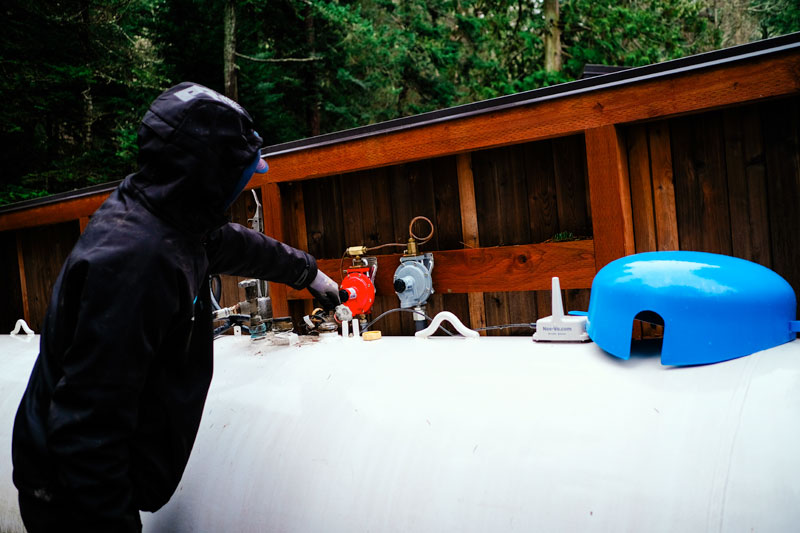
Variable Adjustments
No matter how advanced your forecasting functionality is, you’ll always struggle with delivery efficiency if you can’t identify the variables that influence projections. Your fuel delivery software should help you predict how factors such as storms, road closures, and emergency dispatches will impact the gallons you need to deliver daily.
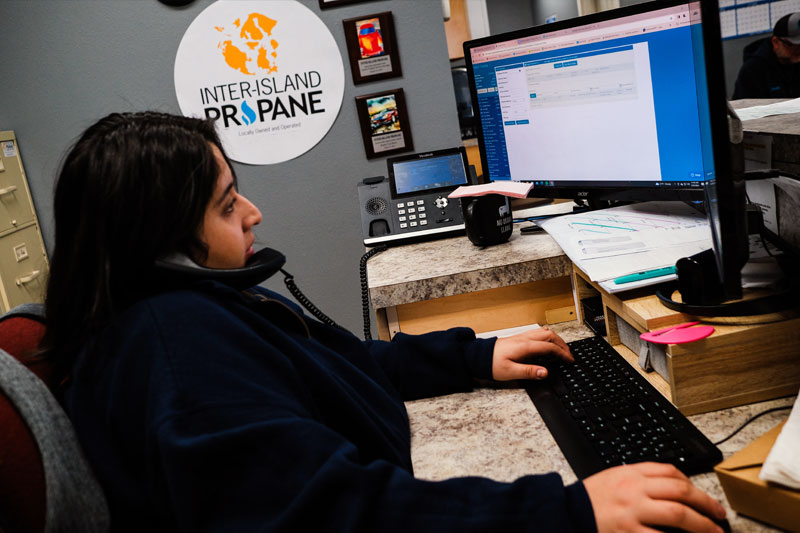
Will Call Simplification
While there’s no silver bullet for managing will call delivery tanks, projections can help customer service reps stay on top of future customer needs and proactively reach out to schedule work. In addition, customer portals give hands-on will call customers visibility into tank levels, empowering them to schedule a fill with just a few clicks.
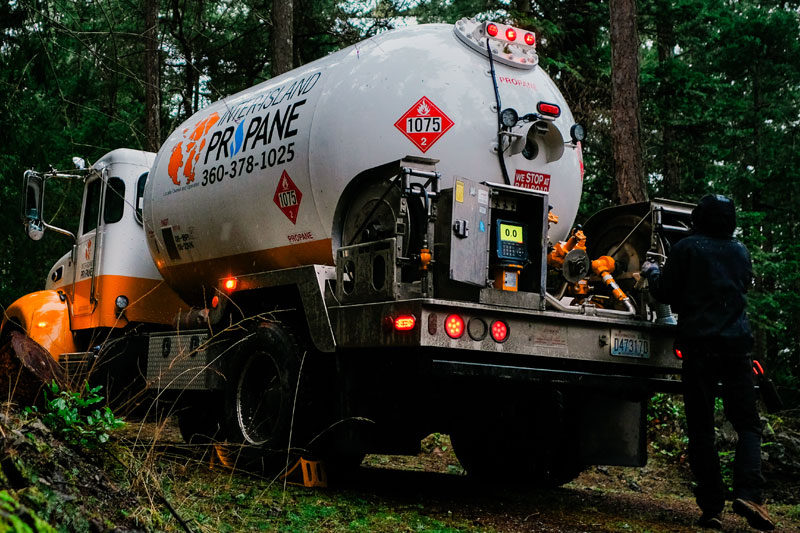
Ticket Selection Features
It’s challenging for dispatchers to manage ticket pulls and routing during peak season. Without an effective way to organize and prioritize tickets, they may leave important deliveries pending while dispatching tickets with suboptimal drops. Your software should provide intuitive ticket selection filters so it’s easy for your dispatcher to prioritize deliveries and send drivers to the right tanks at the right time.

Tools to Improve Routing
Your dispatchers and drivers need to collaborate closely to ensure seamless delivery with as few speed bumps as possible. That’s where modern fuel delivery software comes in—it handles the heavy lifting to get drivers out the door, but it also gives dispatchers the flexibility to make changes on the fly.
Integrated Routing
Batching tickets and exporting them to a separate routing application takes up time you don’t have when you’re trying to get drivers on the road. Routing should be incorporated directly into your fuel delivery software so you can handle the entire delivery process in one system, with complete visibility into account data.

Route Optimization
Instead of sorting tickets into routes manually or leaving it in the hands of your drivers, your software should suggest the best order for each route while accounting for origin and destination points, reloading stops, live traffic, and HAZMAT and truck restrictions.

Visual Plotting and Multi-Route View
Weather conditions, surprise road closures, and construction can make route optimization results sub-optimal. Your fuel delivery software should allow you to plot tickets visually on a map to help your dispatcher make routing decisions. In addition, new routing technology has introduced multi-route views, which help your dispatchers visualize the most efficient path for your entire fleet.
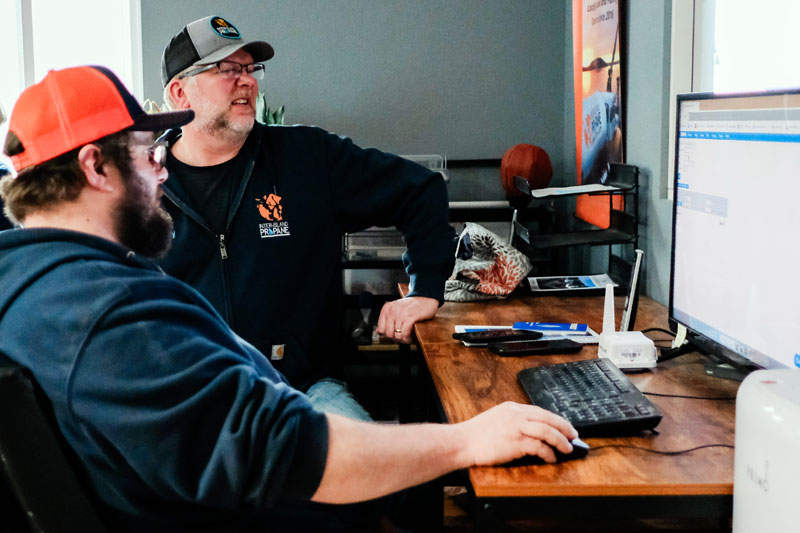
Instant Route Updates
As will call customers ring your office and emergency needs arise, you need the flexibility to add stops to dispatched routes. Your software should help you identify the route closest to the new stop, determine whether refueling is needed, and notify your driver of the change directly on their mobile device.

Tools to Increase Cash Flow
Cash flow is one of the top indicators of a fuel delivery company’s health. But without the right tools in place, you may not have an efficient means of managing that cash flow. Your fuel delivery software should help you manage collections and keep your revenue stream more predictable.
Auto On/Off Hold
How do you track whether an account is delinquent? Your fuel delivery software should automatically flag overdue accounts, and it should also group tickets for on-hold accounts so you can work proactively to collect balances with automated outreach. Once a customer’s account returns to good standing, your software should release any outstanding tickets for that account.

Collections Agency Integrations
As the months get colder, collection numbers grow—but it’s not always easy or convenient to follow up with outstanding accounts. That’s where an integrated, third-party tool for collections can make a world of difference. Let that software handle that hassle as it reaches out to customers and funnels updates directly into your fuel delivery software.

Payment Management
Every fuel delivery system needs a way to process payments. Some energy companies opt for an integrated portal, but when the winter winds blow and time is of the essence, payments that come directly into your fuel delivery software can be a huge timesaver. With the data at your fingertips, you can quickly identify any payment issues.

Budget Plan Management
Budget plans spread a customer’s payments evenly throughout the year so you’re not stuck waiting for an influx of cash over the winter months. Your fuel delivery software should help you accurately project a customer’s gallon usage based on their historical usage and give you a pain-free way to create, adjust, and renew budget plans.

Tools to Keep Customers Happy
Your technology shouldn’t come between you and your customers. Your technology should remove communication barriers and reduce your workload to deliver convenience to your customers.
Unified Customer Account Management
When a customer calls into the office, your team needs access to all data so they can answer questions and address concerns. Your fuel delivery system should allow you to capture all customer information under one account, even if they have multiple locations, tanks, or contracts.

Real-Time Map and Ticket View
When customers call in with emergency needs, your back office and drivers should be able to adapt on the fly to resolve the issue. Real-time route views help dispatchers determine the closest, most convenient driver to make the drop. Then, they can keep in contact with the customer on when to expect a delivery.
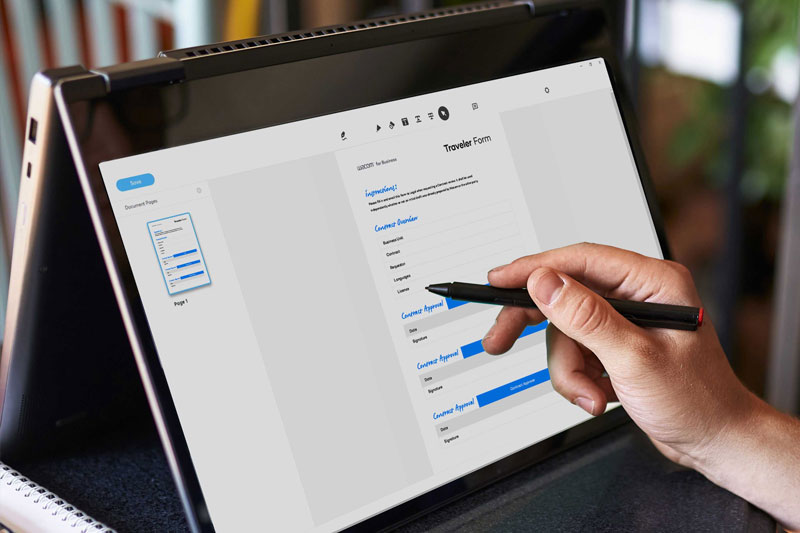
On-Site Signature Capture
Your software should support signature capture and payment collection in the field so your drivers and technicians can settle a customer’s bill immediately after a delivery or service work has been completed.
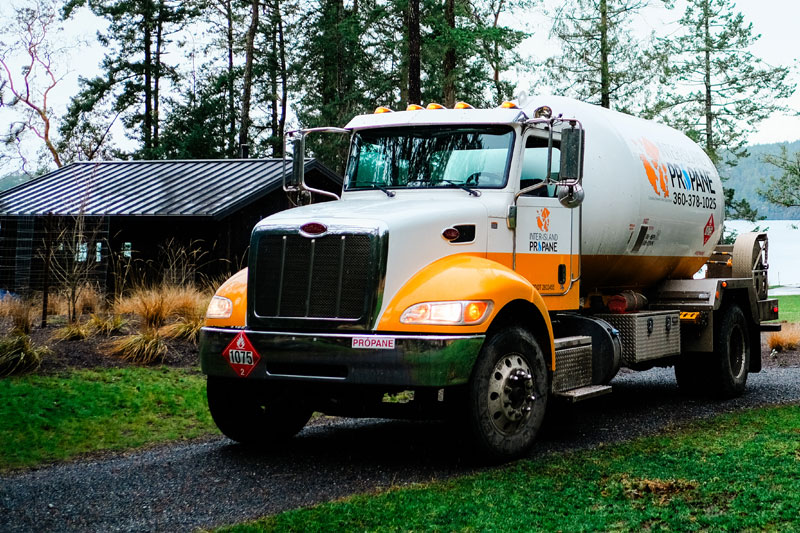
Communication Tools
With tools like embedded texting or integrations to customer portals, you can easily share information with your customers, such as who will make the delivery, what time they’ll arrive, and what information they may need as they refill tanks.
Useful Resources
Recent Articles
Check out our blog for helpful information about the role technology plays in the energy industry.
Buyer’s Guide
Download our complete guide to Cargas Energy and purchasing new back-office and mobile software.
Fuel Delivery Webinar
Watch our Fuel Delivery & Customer Service Webinar to see Cargas Energy in action.

About Us
Cargas is an employee-owned software company with almost 200 employees. Cargas is the creator and provider of Cargas Energy, leading software for fuel delivery and HVAC service companies. With tools for fuel delivery, customer service, HVAC service, and cylinder exchange operations, Cargas Energy helps fuel dealers do more with the resources they already have so they can grow their businesses.
Through its unique employee-owned culture, Cargas fosters a commitment to excellence, a dedication to teamwork, and a high level of customer care. Established in 1988, Cargas is continuously recognized as a Best Place to Work.
